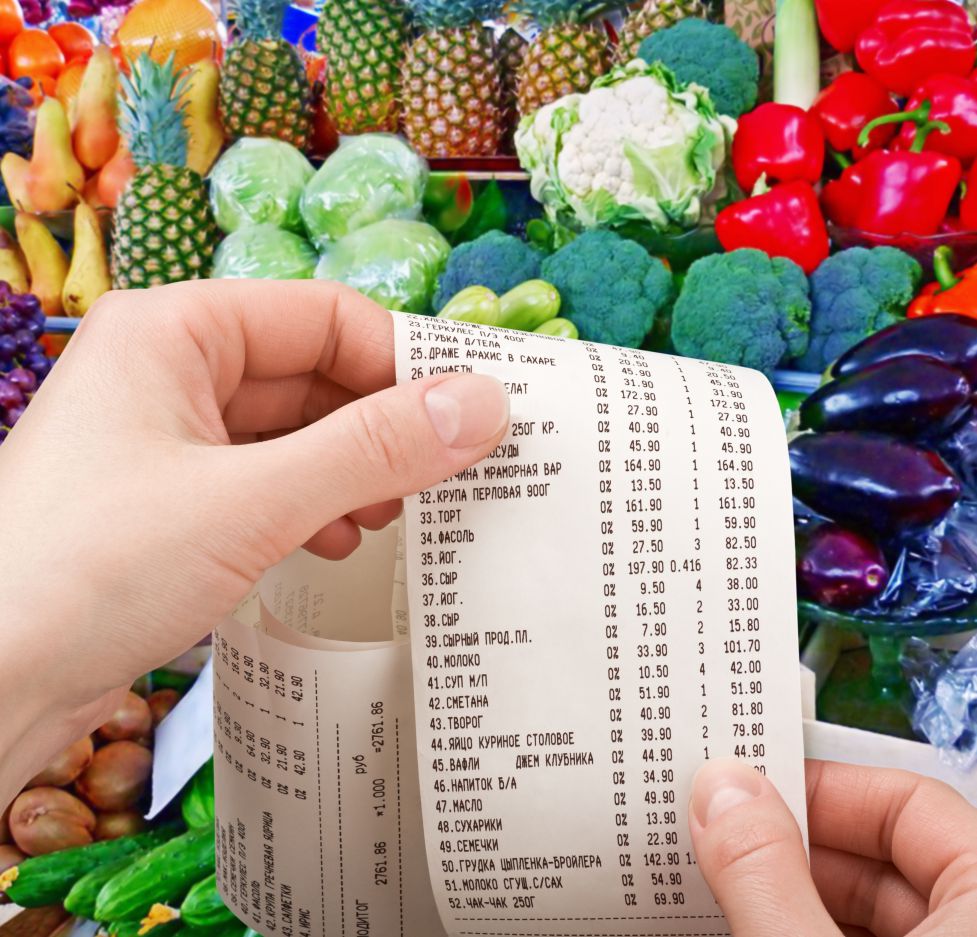Data Connections Activity
8.1 Synopsis1 of 5
Welcome
Food Insecurity Around the World and in the United States
This activity explores how rates of food insecurity vary, both around the world and within various types of households in the United States.
Click the 'Get Started' button below to start this activity

8.2 Food Insecurity Around the World and in the United States2 of 5
Prevalence of Food Insecurity Around the World
Households that are uncertain of having, or are unable to acquire, enough food to sustain all individuals in the home—either because of insufficient money or lack of other resources—have food insecurity. Children are most vulnerable, as inadequate food intake can lead to serious health, behavior, and cognitive deficits.
Wealthy countries tend to have lower rates of food insecurity, but the United States is a notable exception: Its prevalence of food hardship is more similar to that of China than of France.
8.3 Food Insecurity Around the World and in the United States3 of 5
Prevalence of Food Insecurity in the United States
An estimated 12 percent of U.S. households were food insecure at some point in 2017. That is a decrease from 2014, when 14 percent of U.S. families experienced food insecurity. The prevalence of very low food security also declined, from 4.9 percent in 2016 to 4.5 percent in 2017.
Click on each button to see what percentage of U.S. households with and without children experience food insecurity.
8.4 Food Insecurity Around the World and in the United States4 of 5
Food Insecurity Around the World and in the United States

Raising the minimum wage; making it easier to get food stamps; requiring every pregnant woman to live with the father; providing free meals at schools and day-care centers; subsidizing farmers to make fresh produce less expensive; taxing less nutritious foods at restaurants and/or grocery stores. Explain your answer.
8.5 Activity Completed!5 of 5
Congratulations! You have completed this activity.
REFERENCES
Food and Agriculture Organization of the United Nations. (2016, February 9). Food security indicators. Retrieved from: www.fao.org/economic/ess/ess-fs/ess-fadata/
Coleman-Jensen, Alisha, Matthew P. Rabbitt, Christian A. Gregory, and Anita Singh. Statistical Supplement to Household Food Security in the United States in 2017, AP-079, U.S. Department of Agriculture, Economic Research Service, September 2018.